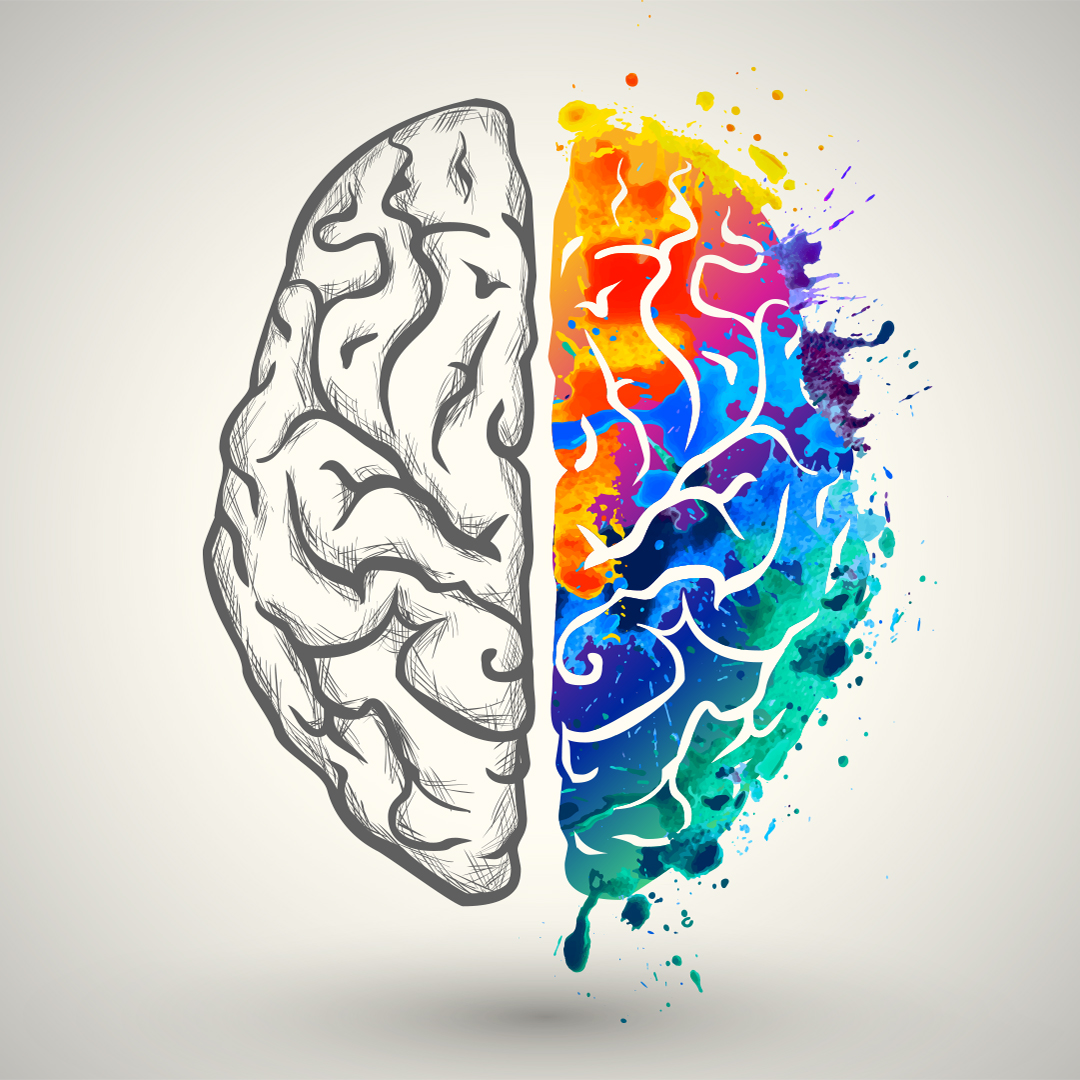
The left side of the brain controls the right side of the body. The Left Hemisphere of the Brain. The left brain and right brain theory was created in the 1960s by a psychologist named Roger W. While left brain functions include reading, analyzing information, understanding. Normally, the left brain commands the functions of the right side of the body and right brain commands the functions of the left side. The human brain is divided into two hemispheres: the right brain and left brain, and each side is assigned particular functions.
Right-handed people are organised, objective and flourish in jobs that require computations and language comprehension.That's some dense text, but the point is simple: Just about everything about your brain that makes you human exists on both sides of the organ.However there are significant similarities. It is the seat of language - verbal and sign language - and responsible for the learning style of a person. The capacity to maintain appropriate thresholds and tolerance for frustration and failure, and to recover promptly from their effects the capacity to maintain effective and well-modulated defense reactions (i.e., repression, denying, pretending, rationalization, blaming, withdrawal, fantasy, depersonalization, obsessive-compulsive behavior and bodily reaction patterns involving alimentation, respiration, metabolism, etc.)."The left side of the brain is perceived as the 'logical' side. Harold Wolff — one of the great brain scientists of the 20th century — as saying that both sides of the brain have "the capacity to express appropriate feelings, appetites and drives the capacity … learning, memory, logic, etc.
...
Hyde" helped spread the idea of left and right brains in popular culture, according to Anne Stiles, a professor of English at Saint Louis University.But Broca and Wernicke's asymmetries aren't consistent from one brain to the next. That idea is probably at the root of this notion that the left brain is more creative and the right brain is more analytical.Later, Robert Louis Stevenson's novella "The Strange Case of Dr. The researchers concluded that those two areas were important to language processing, announcing to the world that language lives in the left brain. Karl Wernicke — found that people who struggled with language processing tended to have damage to specific areas on the left sides of their brains. Things get more complicated for vision: Nerves from the left sides of both eyes connect to the left side of the brain, and nerves from the right sides of both eyes connect to the right side of the brain.In the19th century, a pair of neuroscientists — Dr.


 0 kommentar(er)
0 kommentar(er)
